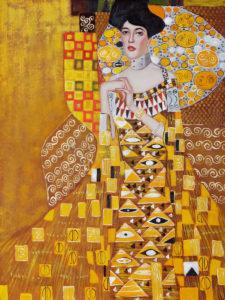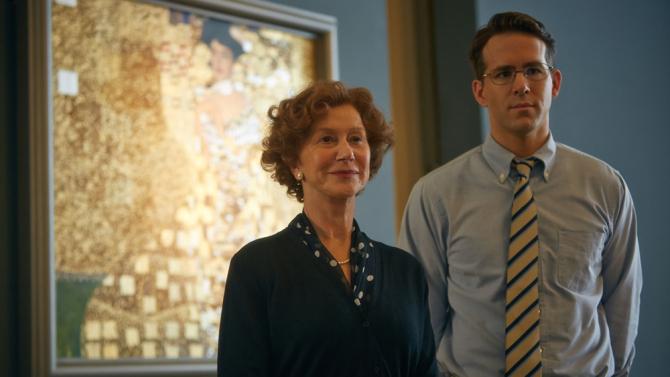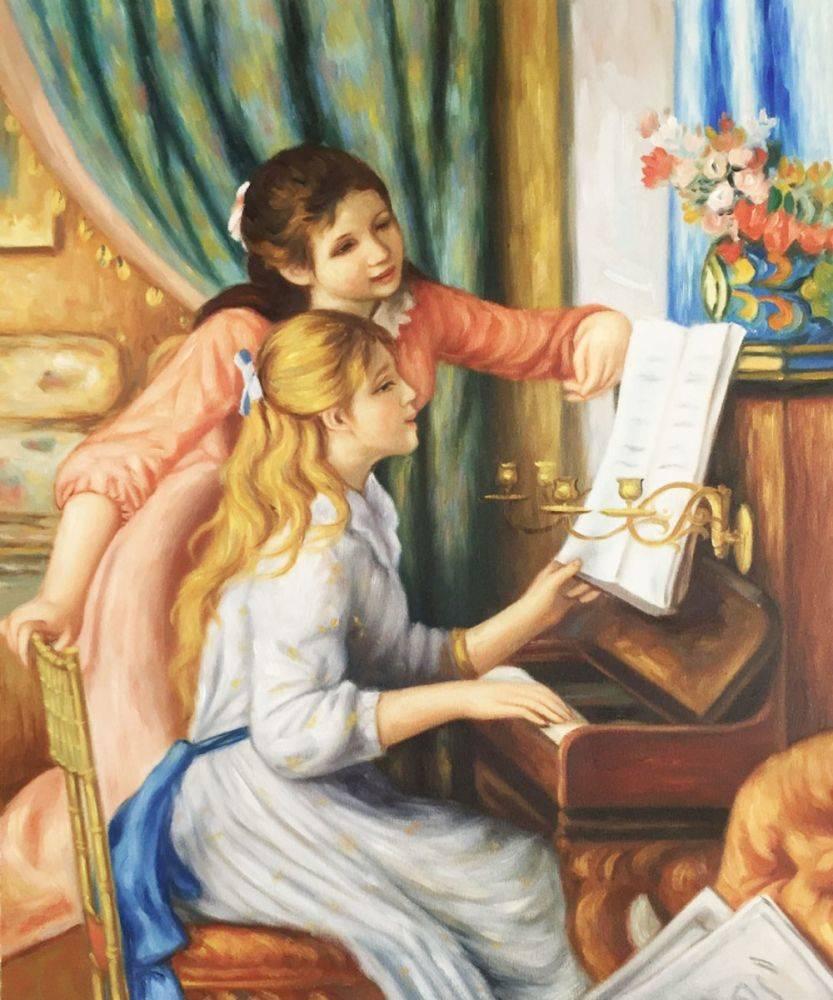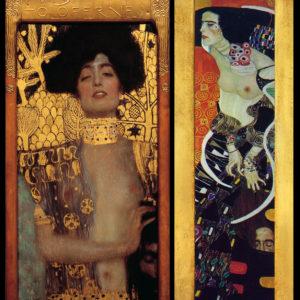Art
Klimt’s Woman in Gold to Capture the Silver Screen
Secrets, lies and war-torn Austria set a dramatic backdrop for the art-inspired film Woman in Gold. Starring Academy Award winner Helen Mirren, Katie Holmes and Ryan Reynolds, director Simon Curtis (My Week with Marilyn) tells the tale of a now-elderly woman’s quest to reclaim the famed Gustav Klimt painting, Portrait of Adele Bloch-Bauer I, from the modern-day Austrian government.
Mirren stars as the Jewish refugee Maria Altmann, recreating the real-life tale of the story behind the stolen painting. As “The Woman in Gold”‘s niece, Altmann seeks to reclaim the historic work that rightfully belongs to her family. Stolen by the Nazis, the Klimt painting spent years hung in the national Belvedere Gallery in Vienna. Even though the painting belonged to Altmann’s family prior to WWII, the film chronicles the ensuing legal battle with the Austrian government. Fighting against Altmann’s claims, the Austrian government refuse to admit the true ownership and denied her rite to reclaim the artwork years after the war ended.
As just one of the many significant works stolen during the war, the Woman in Gold represents the degradation caused in Eastern Europe during the Nazi regime. Mirren’s Altmann, now living in America, embarks on a quest to win back her family’s heirloom. Hiring the lawyer, and grandson of Jewish composer Arnold Schoenberg, Randy Schoenberg (played by Reynolds), the two set out to get the Klimt work back from the Austrian government. In what was a less-than-easy legal battle, the Austrian courts eventually awarded the “Woman in Gold” to Altmann in 2006. The 1907 painting was then sold at auction for a record $135 million to the Billionaire Ron Lauder and is now considered the Mona Lisa of New York City’s Neue Galerie.
 Taking on the role of the villain, the Austrian government and its battle to hold on to the stolen artwork create a narrative picture of a modern-day Austria that is equally as sinister as during the Nazi’s time. The film conveys an emotionally wrought message, putting a face to the war-time atrocities. While it doesn’t depict the Nazi reign in the same sinister stark reality of concentration camps and coldly calculating murder, it does show a side that is lesser well-known.
Taking on the role of the villain, the Austrian government and its battle to hold on to the stolen artwork create a narrative picture of a modern-day Austria that is equally as sinister as during the Nazi’s time. The film conveys an emotionally wrought message, putting a face to the war-time atrocities. While it doesn’t depict the Nazi reign in the same sinister stark reality of concentration camps and coldly calculating murder, it does show a side that is lesser well-known.
Opening in April of 2015, the Woman in Gold brings to light the courageous journey of one woman and those who sought to help her. Even though the tale has a happy ending (with the return of the painting to Altmann), the film captures the legal, emotional and historical ramifications of the ongoing struggle to overcome and prevail in the face of injustice.
The big winner of this story is by no doubt the artist himself, Gustav Klimt. His art is depicted as mystic, almost divine in the movie. As the spot lights shine on a Klimt work it is as if the women in gold comes to life. The use of gold foil and the combination of European expressionism with oriental elegance makes him the most sought after artist of our times.








